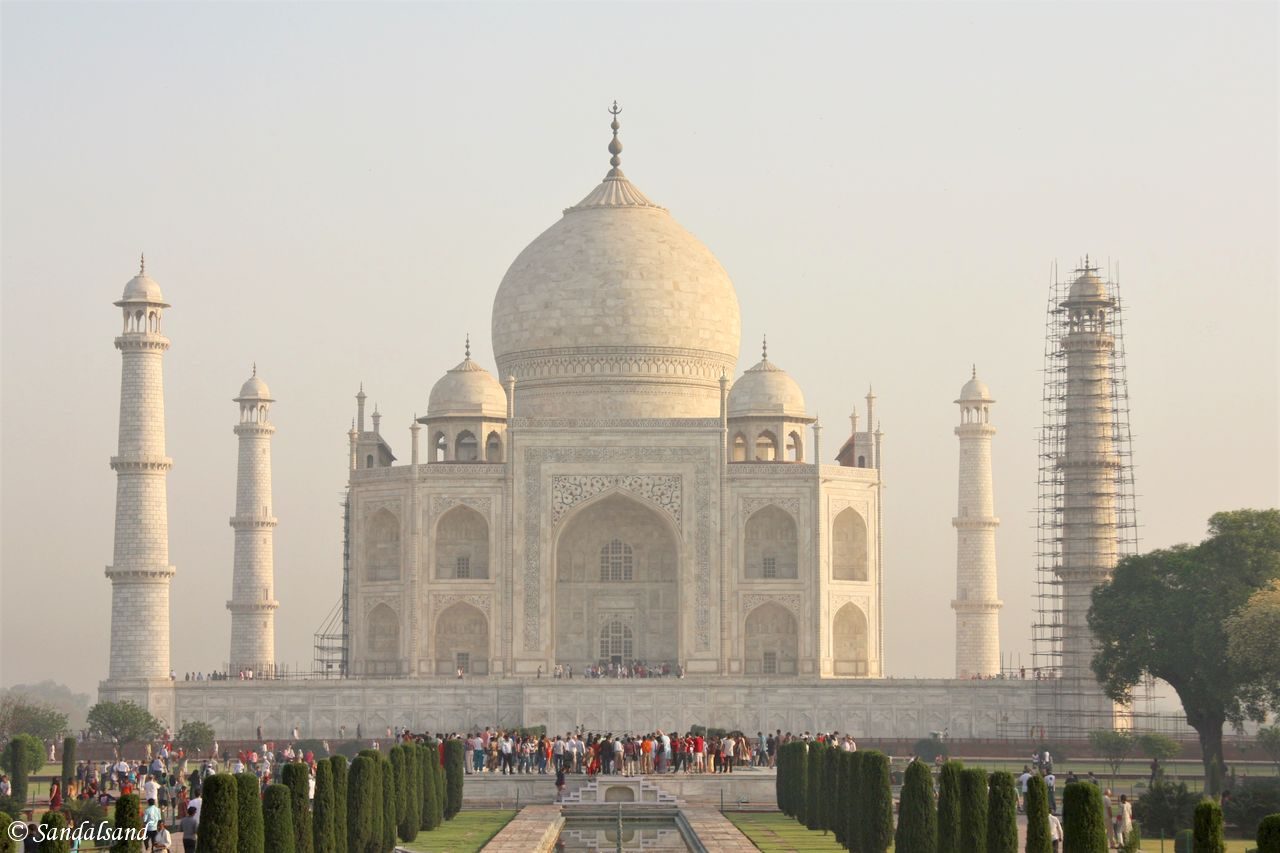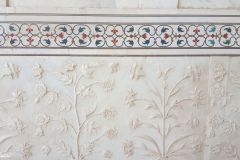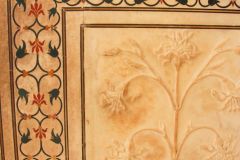Built as a monument to the undying love and affection the emperor Shah Jahan had for his second wife, the Taj Mahal is one of the world’s most beautiful buildings.
The UNESCO World Heritage List includes more than a thousand properties with outstanding universal value. They are all part of the world’s cultural and natural heritage.
Official facts
- Country: India
- Date of Inscription: 1983
- Category: Cultural site
UNESCO’s World Heritage Centre’s short description of site no. 252:
An immense mausoleum of white marble, built in Agra between 1631 and 1648 by order of the Mughal emperor Shah Jahan in memory of his favourite wife, the Taj Mahal is the jewel of Muslim art in India and one of the universally admired masterpieces of the world’s heritage.
My visit
The loss the emperor felt when his wife, called Mumtaz Mahal, died giving birth to their fourteenth child must have been great. The white marble structure on the bank of the river Yamuna is nothing less than spectacular – and cost a fortune.
The mausoleum itself is topped by a large dome and surrounded by four minarets, all built on top of a large square platform. The central building is actually identical on all four sides, although the front view from across the large garden with water-filled pools and lawns, is the the best angle to take pictures of. This is also the way we enter Taj Mahal, after crossing the closed forecourt of the Great Gate. There are two large almost identical buildings in red sandstone on each side of the mausoleum, the one to the left is the Mosque and the other is called Jawab. The park and outlying buildings took another 10 years to complete, adding to the strict symmetry of the entire complex.
It is said that Shah Jahan planned another mausoleum for himself, in black marble, but one of his sons took over as emperor and imprisoned his father at the Agra Fort. There he ended his days with a view of the Taj Mahal a couple of kilometres down the river. The son would rather spend money on wars in southern India.



















